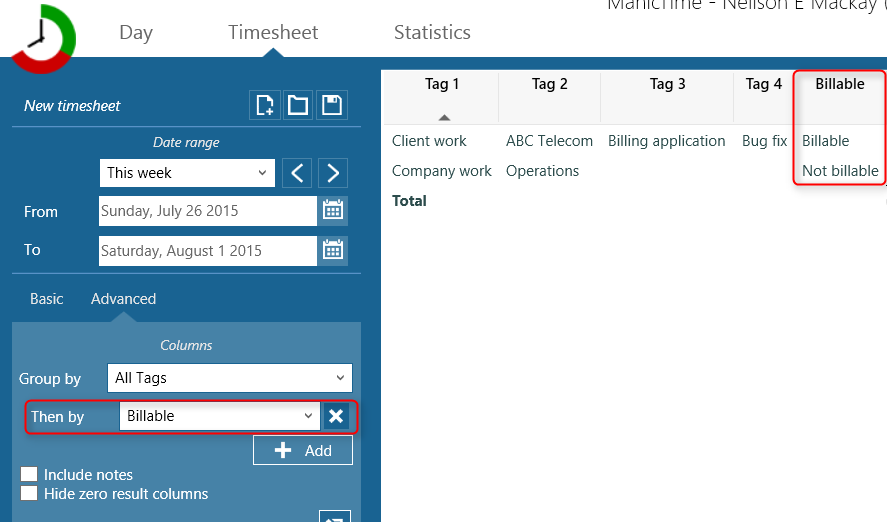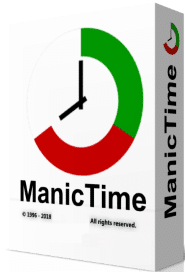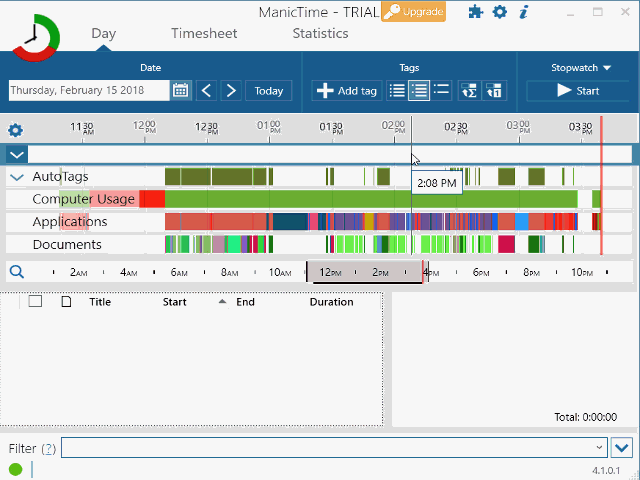
Similarly clicking Add to autotag on an Office document will show this: So if you click Add to autotag on an URL, you will get view tailored to URL. 'Find' part will change based on the underlying data. Once you click Ok, autotag timeline will start to fill up. Lets say you want to tag '' as 'Browsing'. Bottom part is the tag to which you want this rule assigned. Top part of the Add to autotag window shows the rule, so what ManicTime will look for. Right click on any activity on any timeline (usually rules will be based on Applications or Documents timeline) and click on Add to autotag command. So autotags can sometimes be more general and sometimes more specific. I can say when I visit 'tag as 'ManicTime, Help', but its impossible for me to create a rule which would know whom I was helping. This level of detail is almost impossible with autotags.

On the other hand, when you tag some work manually you can be very specific, for example 'ManicTime, Help, User X' with note 'Help about autotags'. With autotags it is very simple to make this tags more specific, so for example 'Browsing, Weather', 'Browsing, Social networks'.
#MANICTIME TAGS MANUAL#
With manual tags you probably just assign those 20 minutes to 'Browsing, News' and you don't care if it was facebook, news about space or weather. For example lets say you check the news when you come from lunch. One more thing to keep in mind is that autotags can be more general or more specific than tags.

That means that when the rules change so do autotags.

The idea behind autotagging is that you don't have to enter all of the time manually.


 0 kommentar(er)
0 kommentar(er)
